6 Fire Safety Tips Every Camper Should Practice
6 min readGear
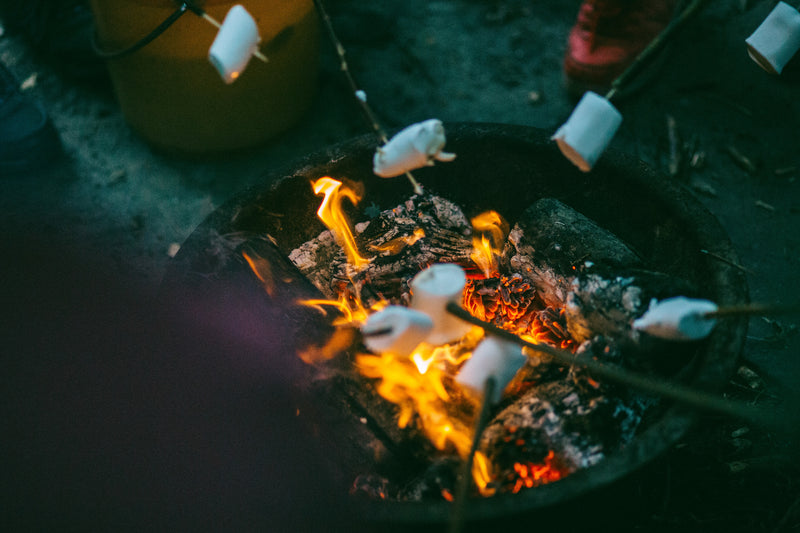
Photographer: Josh Campbell
We all know fire can be dangerous, but at the same time, there’s nothing quite like some s’mores by an open fire. If you’re planning on building a fire, whether it be at a campground, in the backcountry, or in your own backyard, here are some tips for fire safety that you should keep in mind.
1. Be prepared
Not only is it essential to pack the correct fire safety gear, but you also need knowledge about the region and conditions. If you plan to have an outdoor fire, make sure to check the local fire restrictions for where you are going.
This means checking both if the campground or national park actually allows campfires, as well as checking the local authority’s seasonal fire restrictions. Check the wind conditions and predicted speed - if it is too high (or will become too high), it is not safe to start a fire.
Remember, if you know you won’t have cell reception during your outdoor adventure, you must check these things before you leave your house!
2. Have the right fire safety gear
Now that you have checked the forecast and know the conditions are safe enough to build a fire, it’s time to pack your essential gear for a safe fire. Aside from needing a tool to start the fire (like our handy Fire Set), you also need to be prepared to put it out.
Bucket or water jug
Everyone knows that you need water to put out your fire when you are finished, but if you’re camping next to a lake or river, it’s easy to forget that you will need a vessel to carry the water from the lake to your fire. Pack a bucket or water jug that can be easily filled to extinguish your fire. Remember, it takes quite a lot of water to put out a fire! If you are unsure of the water supplies where you are going, you must carry the water in with you, or sacrifice your fire if there are no water sources to be found nearby.
Shovel
A shovel is also needed to extinguish the fire completely (plus it’s handy if you’re camping somewhere without a toilet). You can easily find small, compact shovels in many outdoor stores that will do the job and fit in your backpack!
Fire Safe fire pit
While it is possible to build a fire without a pre-made fire pit, as the name suggests, the Wolf and Grizzly® Fire Safe will make your fire even safer by raising it off the ground. Forget about wasting time and energy by lugging heavy rocks to create one from scratch, the Fire Safe is quick and easy to set up and makes cleaning up effortless! The sleek design even folds down and fits easily into your camping gear.
Phone
One last thing to remember is your phone. Being able to call for help if your fire does get out of control is essential. Even if you don’t think you will have reception, you never know if you might just need to find some!

Photographer: Daniel Regner
3. How to prepare your firepit or Wolf and Grizzly Fire Safe
Once you have arrived at your destination, make sure to always use designated fire pits if they are available, as their location has been specifically chosen for being a clear, safe spot to build a fire. By building your fire in the designated fire pit, you are also drastically reducing your impact on the local environment.
If there are no designated fire pits, look for remnants of old fires. Reusing a spot left behind by others is also another great way to protect nature. If you find one, make sure to do a quick assessment of whether it is a safe place to build a campfire. You don’t know how much consideration the person before you put into choosing that spot and it might turn out to be more dangerous than building a new fire pit.
When assessing an area, make sure to choose a site at least 10 feet from any trees, bushes, or buildings. Clear the area of any grass or twigs to avoid errant sparks from starting a wildfire.
4. Sourcing firewood in the backcountry
It might be tempting to bring nice dry wood from home for use in your fire, but this is not a recommended practice. Not only is it heavy, but you may also be unknowingly introducing foreign insects and diseases that live in firewood to the local ecosystem. At worst, this can kill native forests. Therefore, it’s best to source local wood for your fire.
To ensure a crackling fire, look for dry, dead trees and branches. To tell the difference, dry wood snaps easily whereas wet wood bends.
Don’t use logs on the ground. They are home to little bugs and other critters and are usually very damp.
Try and find a range of soft and hard woods, as well as a variety of smaller sizes to use as kindling. Softwood lights more quickly, but hardwood burns for longer and produces a more consistent heat, which is great for cooking.
Remember to stack extra wood upwind and away from your fire. This prevents the chance of embers flying from your fire onto the wood stack.

Photographer: Max Ashford
5. The ultimate guide to everything you can use as tinder
Tinder needs to be dry, fine material that will easily catch a spark or flame. Here is a handy list of common items that could be used as tinder:
Brought from home:
- Cotton balls soaked in petroleum jelly
- Cotton rope
- Jute twine
- Paper
- Steel wool
- Dryer Lint
- Toilet paper rolls or egg cartons
Found in nature:
- Pine needles
- Dry leaves
- Dry grasses
- Dry moss
- Finely shredded tree bark
- Cattail fluff
6. How to make sure your fire is fully extinguished
Lastly, once you’ve finished enjoying your fire, it’s time to put it out! At the end of a good night, it can be tempting to leave the embers burning as you fall asleep in your tent. But if it’s too hot to touch, it’s too hot to leave!
1. To properly extinguish your fire you must first dump water on it
2. Stoke the logs with a shovel to expose and break down the wood from underneath
3. Add more water.
4. Check for hot burning logs and if necessary, repeat the steps until you can touch it
Never bury hot logs, as they can remain burning underground for a very long time and even spread through the root system of nearby trees. If you can, take your burnt logs with you when you leave. If this is impossible, burn your fire down to ashes and spread them around the area.
Always strive to leave no trace, including from fires. The removable floor of the Fire Safe makes this super simple, just remember to bring a bag to transfer your waste into.
So next time (and every time) you build a fire, make sure to use your new knowledge to be prepared and follow these simple safety procedures. Not only will these tips help you keep yourself and nature safe, but they will also help you reduce your impact on the environment. If you are looking for more info about the leave no trace principles that we encourage at Wolf and Grizzly, check out this article.
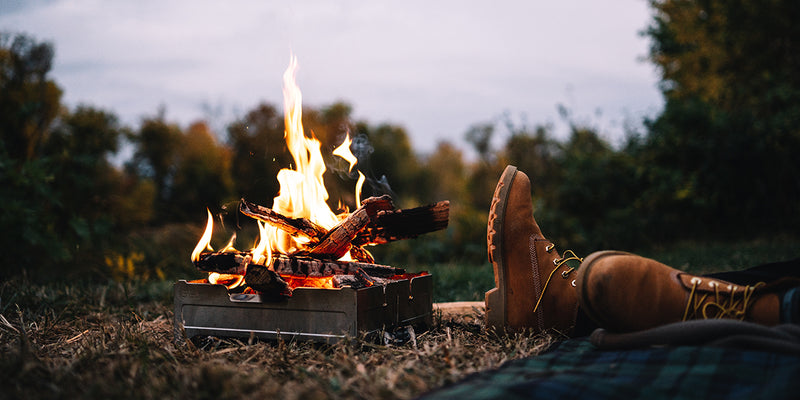
5 Gift Ideas For The Outdoorsy People In Your Life
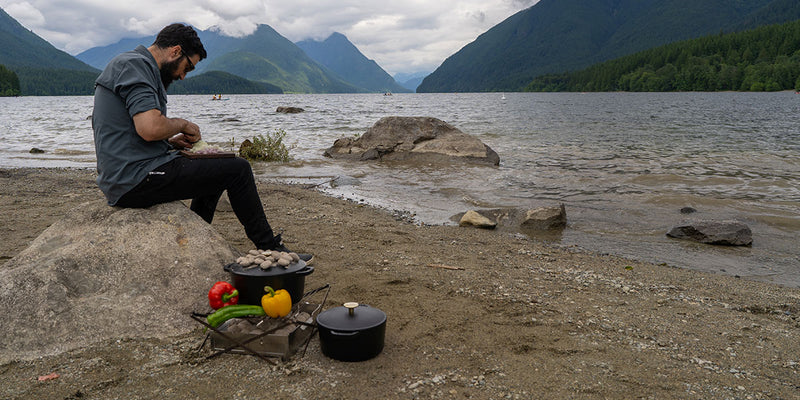
How To Choose The Best Size Dutch Oven For You
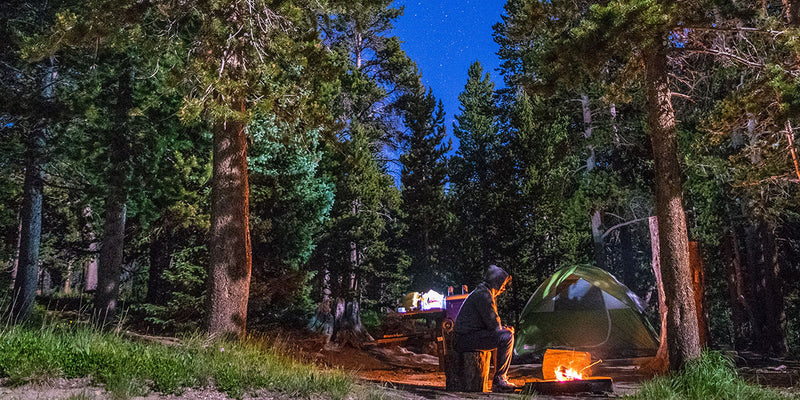
HOW TO PACK FOR A CAMPING TRIP: GEAR YOU SHOULDN'T FORGET ABOUT
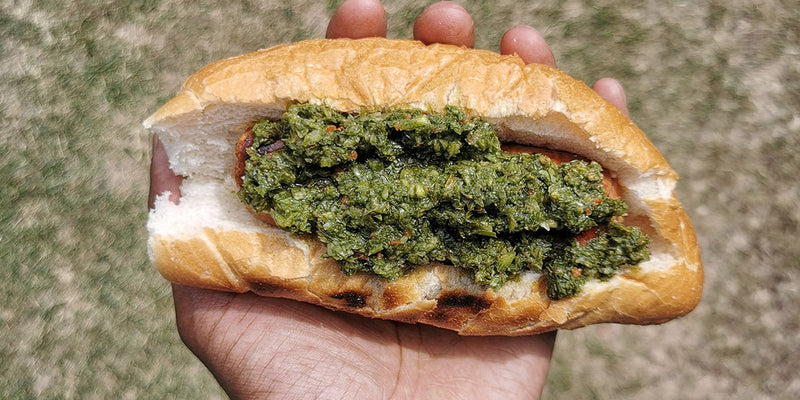
Choripan: Grilled Chorizo with Chimichurri
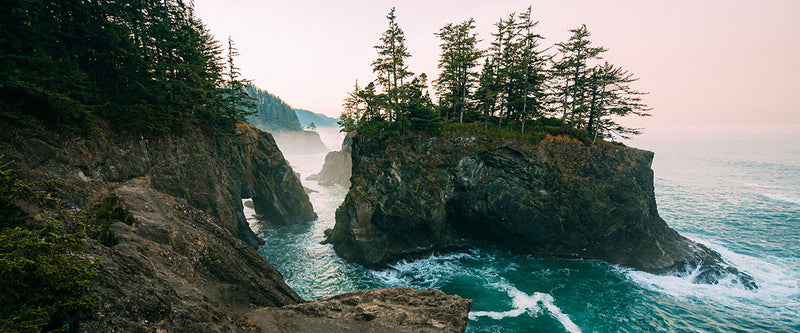
LIFE ON THE PACIFIC COAST: GOOD FRIENDS, GOOD WAVES AND GOOD TACOS
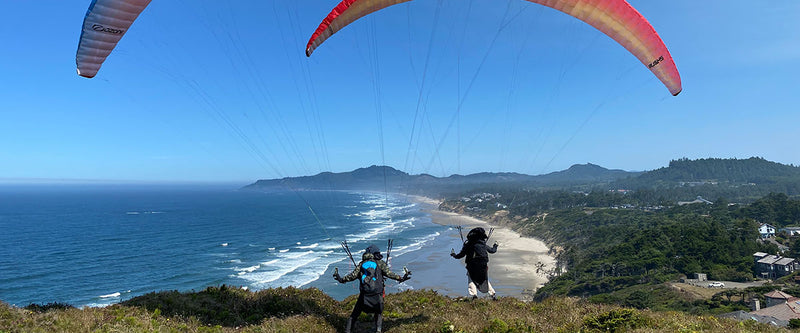
PACIFIC COAST ADVENTURES: FROM THE SKIES TO THE OCEAN
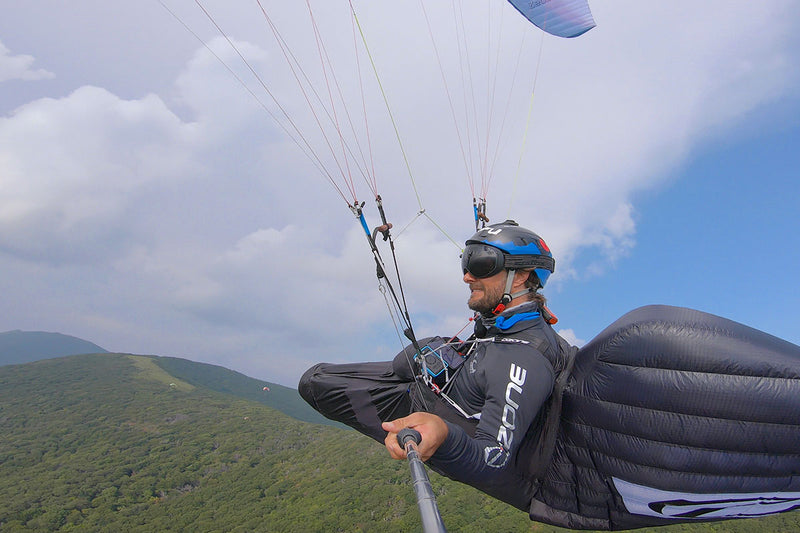
PAYING IT FORWARD: PARAGLIDING IN APPALACHIA
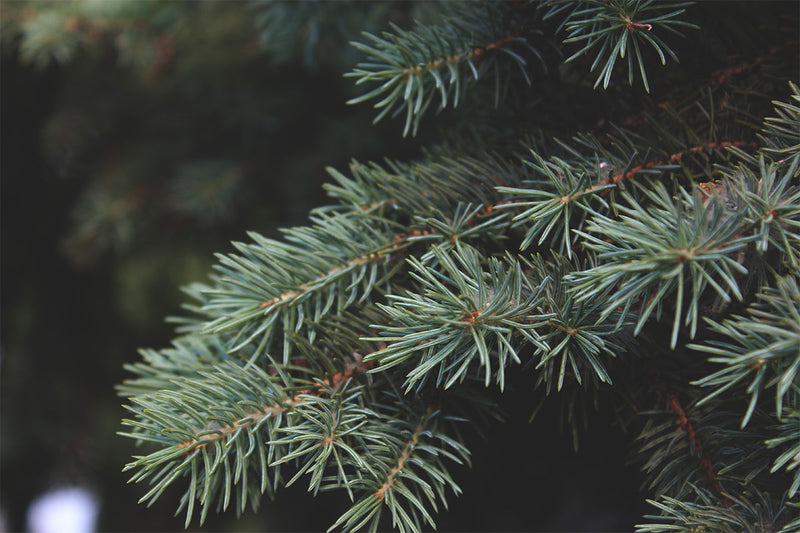
THE WG GIFT GUIDE: GIVE THE GIFT OF THE OUTDOORS
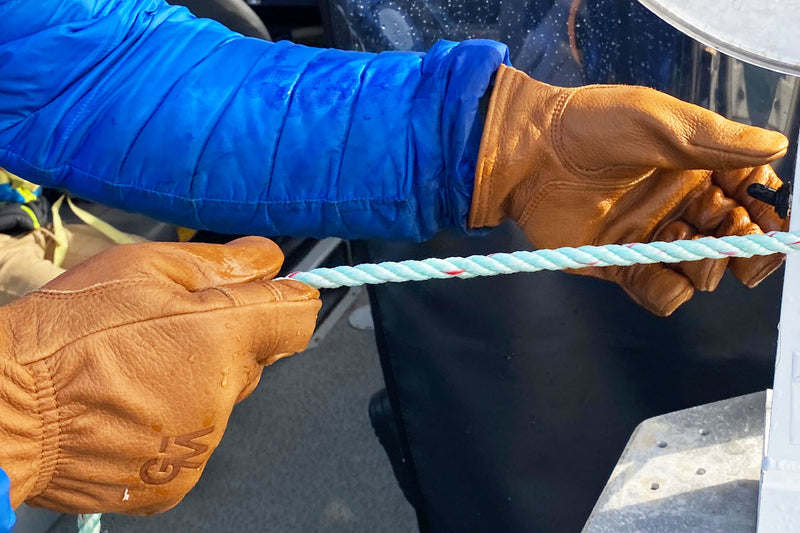
WILDERNESS GLOVES: FOR A LIFE IN THE WILD
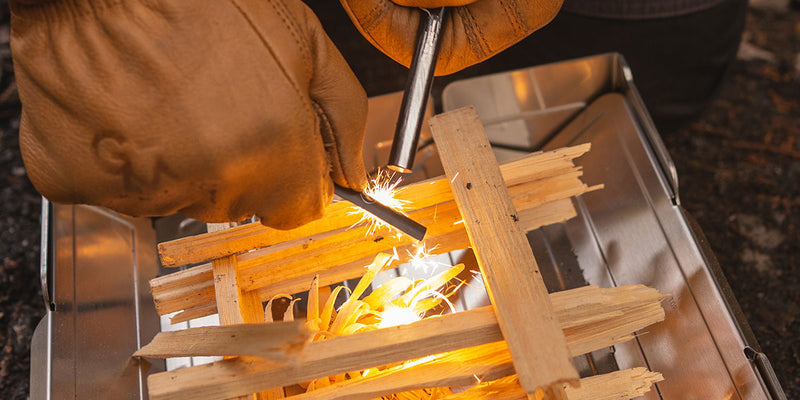
HOW TO START A FIRE IN ALL WEATHER CONDITIONS
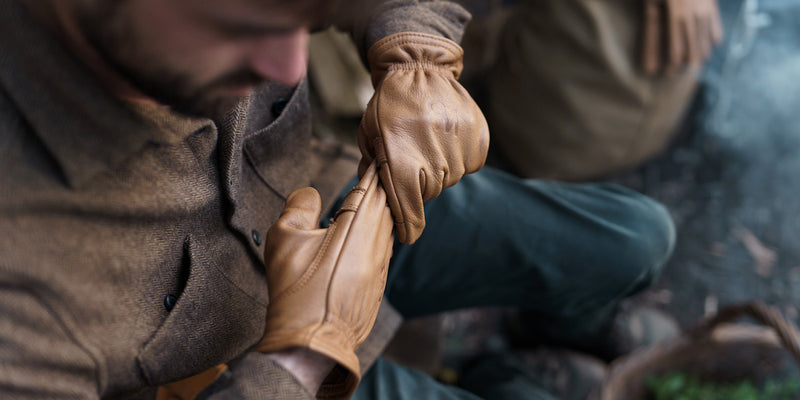
HOW TO CARE FOR AND MAINTAIN WILDERNESS GLOVES
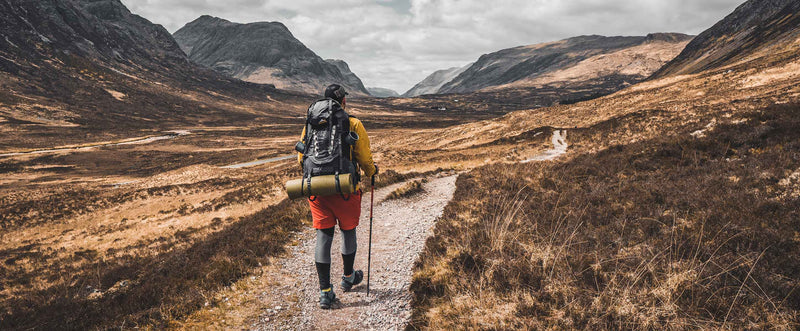
How to Pack Clothes Like a Pro for Your Next Backpacking Camping Trip
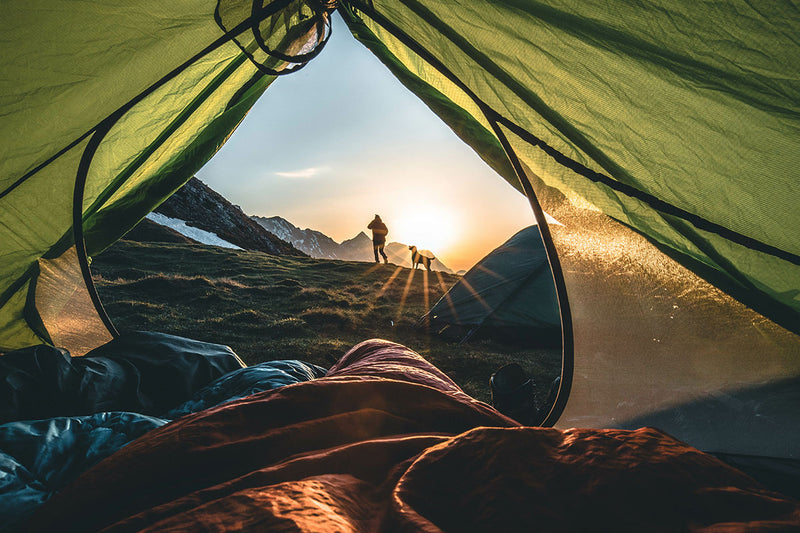
Camping Trip Checklist: How To Pack The Right Way


